A Guide to Buying and Exporting Cut Flowers from Rwanda: What You Need To Know
A Guide to Buying and Exporting Cut Flowers from Rwanda: What You Need To Know
Rwanda is a beautiful country filled with many natural wonders, including an abundance of stunning flowers. Cut flowers from Rwanda are becoming increasingly popular for export around the world, and for good reason. With its temperate climate, rich soil, and vast array of flower varieties, buying and exporting cut flowers from Rwanda can be a profitable venture. This guide will provide you with the necessary information and resources to successfully buy and export cut flowers from Rwanda. From understanding the regulations and taxes to finding the best suppliers, this guide has you covered. With the right knowledge and preparation, you can make the most of the opportunities available in Rwanda’s vibrant flower market.
Overview of the cut flower market in Rwanda
Rwanda is a land of many beautiful flowers. And while it is better known for coffee and tea exports, it is fast becoming a global leader in cut flower production. The country’s diverse climatic and topographical conditions allow for the cultivation of a wide array of flowers throughout the year, giving it a distinct advantage in producing and exporting cut flowers. Cut flowers have always played an important role in the Rwandan economy. First cultivated during the Belgian colonial era, cut flower production has played a vital role in the country’s rural economy for many years. The sector has experienced significant growth in recent years, particularly with the help of foreign investment. In fact, Rwanda’s flower export industry is booming, with annual export earnings growing from $1 million in 1998 to $35 million in 2014.
Regulations and taxes for importing and exporting cut flowers from Rwanda
The best advice when importing flowers is to do your homework. This includes educating yourself on the necessary regulations and taxes for importing flowers into your desired country. There are many regulations that impact how and what types of flowers may be imported, so it’s important to be aware of delivery and payment terms, any restrictions on species, labeling requirements, and any applicable taxes. As Rwanda is a member of the East African Community, it is best to follow the regulations of the EAC when importing and exporting flowers. The East African Convention on the Control of Plants and Seeds of Plants (WIPO Convention) is an international treaty designed to facilitate the movement of plants, seeds, and other plant materials. It is a binding agreement for members of the EAC, including Kenya, Tanzania, Uganda and Rwanda.
Tips for finding the right suppliers
Finding the right suppliers for your cut flower business is the first step towards success. You will want to find a wide variety of reliable suppliers with whom you can build a long-term relationship. You will also want to find suppliers who are conveniently located and have access to high-quality, affordable flowers. Ideally, these suppliers will also have experience exporting flowers, so they can offer advice on the best growing and harvesting practices. Once you’ve found suitable suppliers, you will want to start building a relationship with them. Flowers are a perishable item, so it’s important to establish a regular purchasing schedule with your suppliers. You will also want to establish a payment schedule to ensure that you can meet your payment obligations.
The importance of quality control
One of the most important aspects of the flower buying process is quality control. If you want to ensure that your flowers are of the highest quality and meet all buyer specifications, you will need to conduct regular inspections. Doing so will help you to identify potential issues with the flowers before they become a problem. It will also give you greater insight into the harvesting, harvesting, and post-harvesting practices of your suppliers, giving you the opportunity to provide feedback that could help improve their operations. Ideally, you will want to visit your suppliers’ farms or greenhouses to conduct in-person inspections. If this is not possible, you can conduct remote inspections using technology such as video conferencing and online tools.
Shipping process
There are two common methods for shipping flowers internationally — air transport and sea transport. Air transport is the most common method used to ship flowers. This is because flowers are perishable items that are best delivered as quickly as possible after harvesting. The air transport method allows flowers to be delivered as quickly as 24 hours after harvest. Air transport also offers advantages such as lower cost, less damage, and fewer pests compared to sea transport. However, air transport has its limitations. Airports are often located far from the source of flowers, reducing the number of potential buyers. Flowers can also be transported by sea. This method typically takes longer than air transport, but can be a viable option for buyers who are located closer to a port. Sea transport also offers advantages, including reduced risk of damage, lower costs, and the ability to transport a wider variety of flowers.
Packaging and labeling requirements
In order to export flowers internationally, they must meet a number of requirements, including proper packaging and labeling. Different countries have different rules when it comes to packaging, so you will want to make sure your flowers are packaged in a way that meets the necessary standards. You should also ensure that your flowers are properly labeled, including information such as the species, name of the farm, name and address of the exporter, and name of the importer.
Tips for successful cut flower exporting
The best way to ensure success in the flower exporting market is to do your research and select high-quality flowers. Discover which flowers are in season, and determine if any of these flowers are a good fit for your business. You will also want to consider the market price of these flowers, as well as the cost of production. You should also make sure that you understand the logistics of the flower industry, and know your role in the supply chain. For example, you should know the various stages of production, such as where and when flowers are harvested, what they are harvested, and how they are transported to market. Finally, it’s important to understand the language and culture of the flower trade. Cultures across the globe have unique traditions and customs associated with flowers, so it’s important to familiarize yourself with these cultures and language terms.
Common mistakes to avoid
While there are many things to consider when buying and exporting flowers, it’s important to remember that the most important thing is to remain calm and focused. You will want to avoid making these common mistakes at all costs: – Not properly researching the flower market – Not conducting thorough and regular quality inspections – Not establishing a strong relationship with your suppliers – Not staying up to date on regulations and taxes – Not properly packaging and labeling flowers – Not preparing accurate and timely bills of lading – Not accurately forecasting demand – Not being patient and following a steady growth plan
Resources for further research
As with any business venture, buying and exporting flowers requires a significant amount of research. You can start by reviewing data and insights on the East African cut flower market, including information on supply and demand, prices, and trends. You will also want to read up on the country’s flower industry, including the types of flowers that grow best in the region, the ideal harvesting and shipping seasons, and other helpful production and market insights. For a better understanding of the language and culture of the flower trade, you can read about the significance of flowers in different cultures and languages.


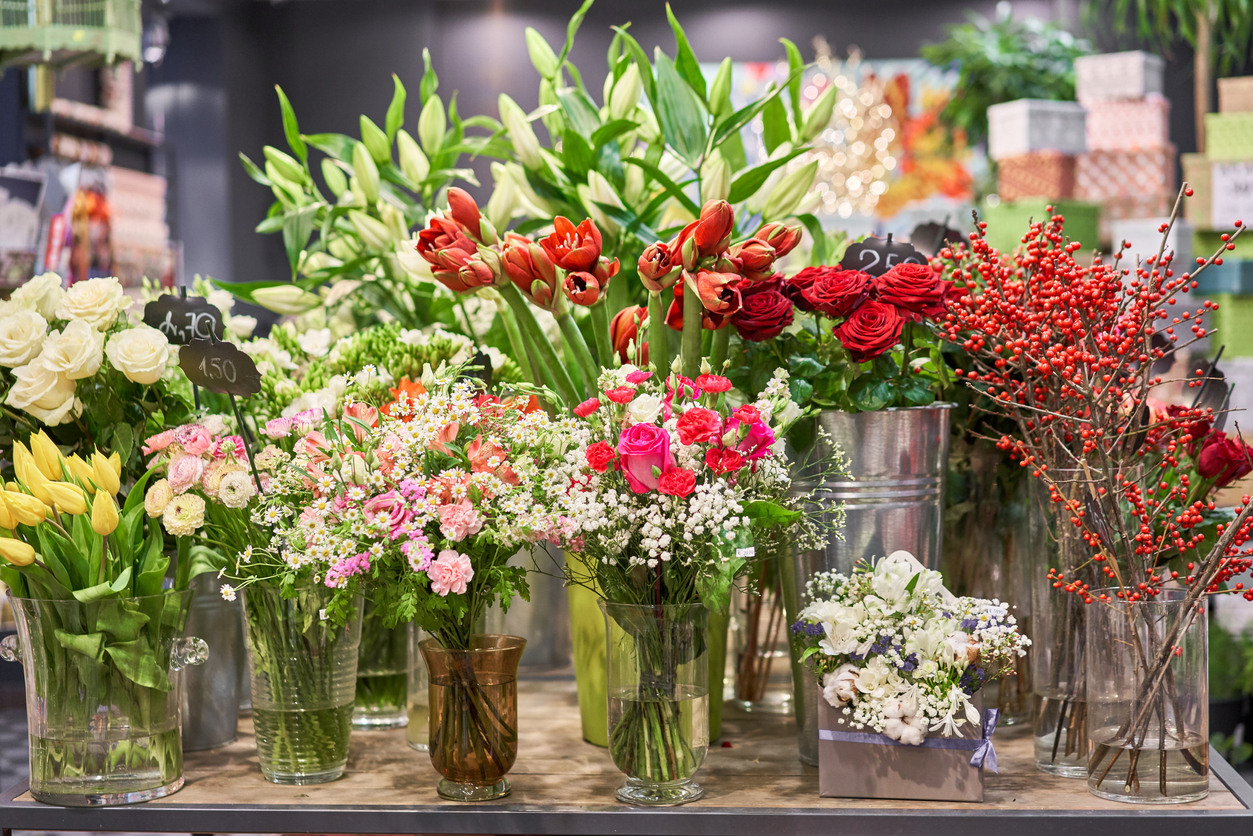
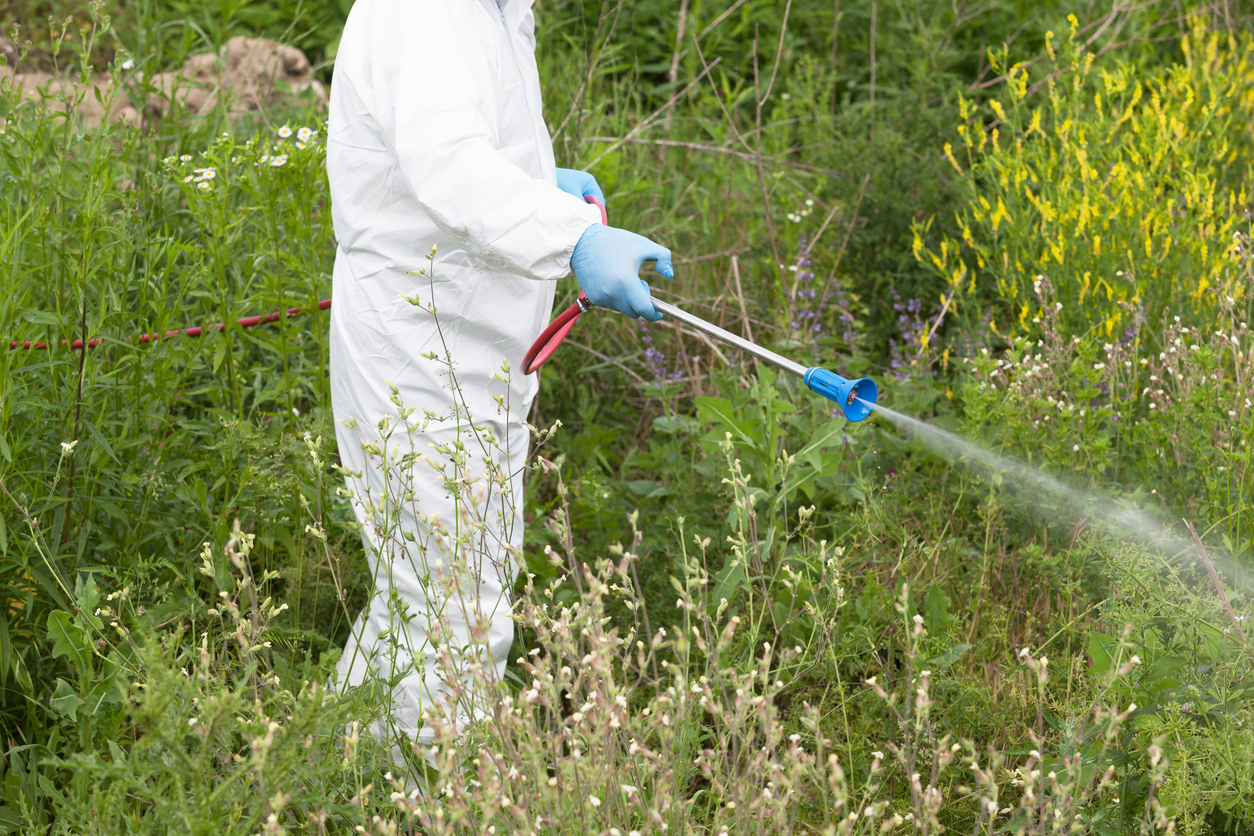
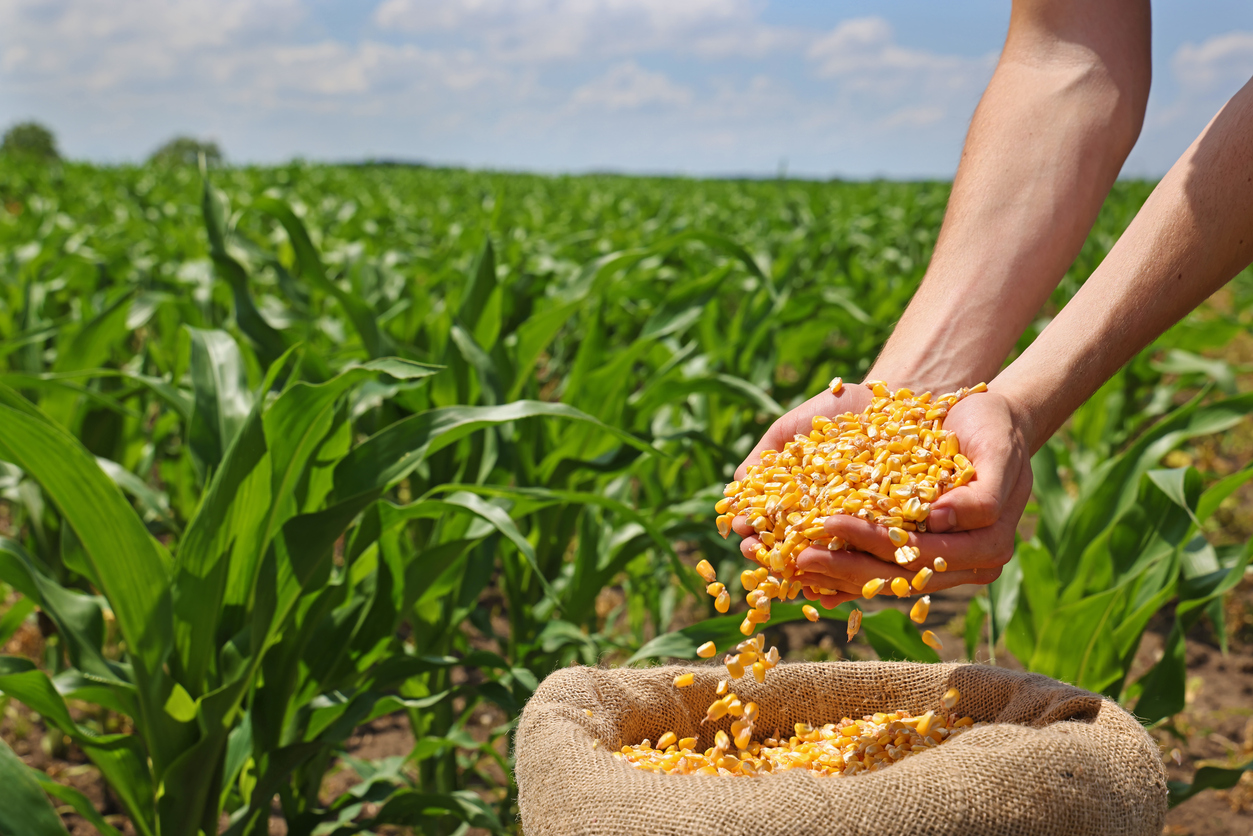

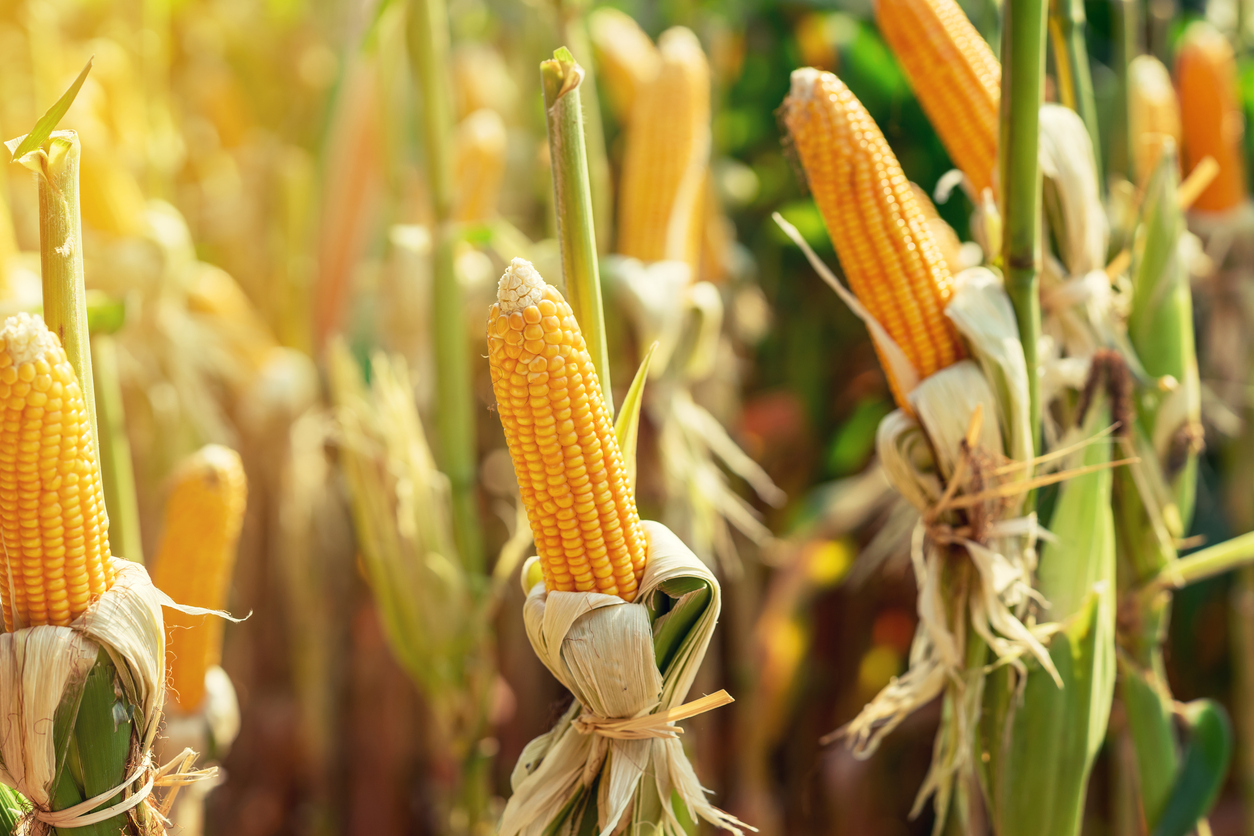
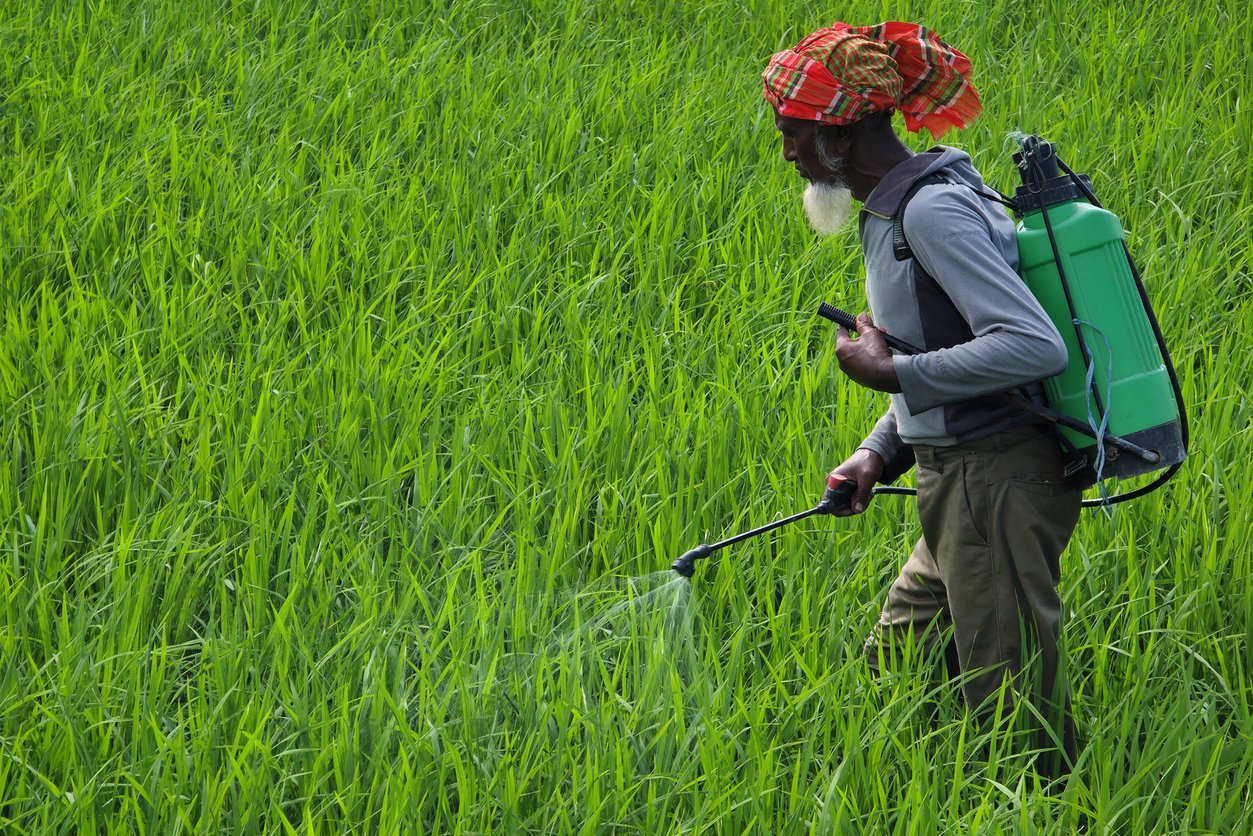
LEAVE A COMMENT
You must be logged in to post a comment.